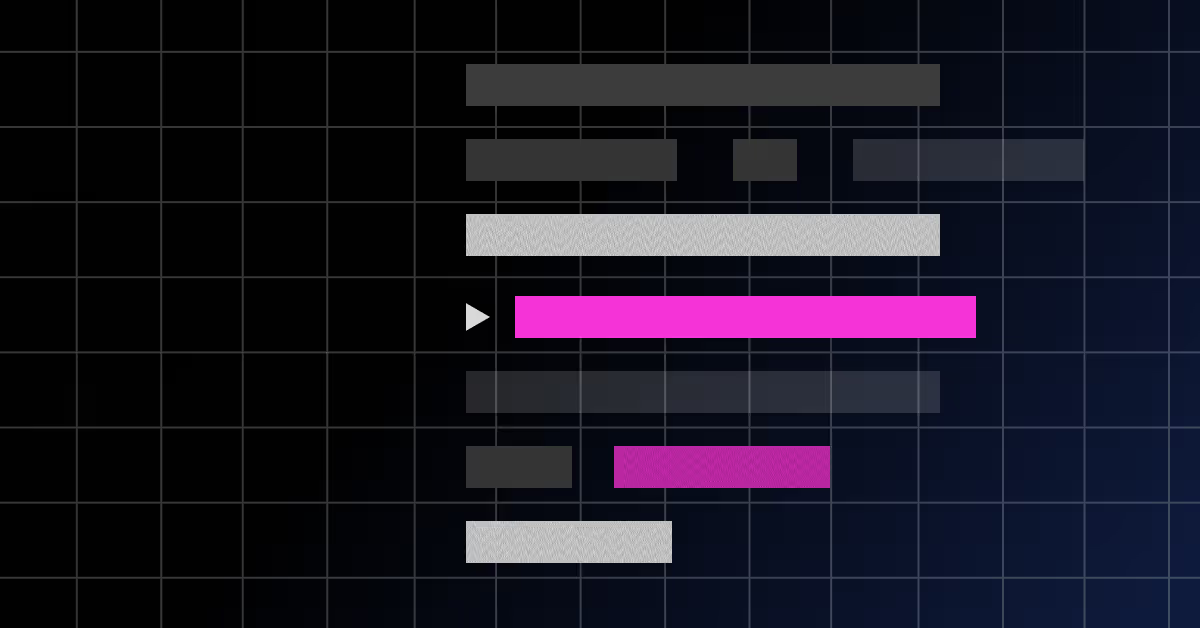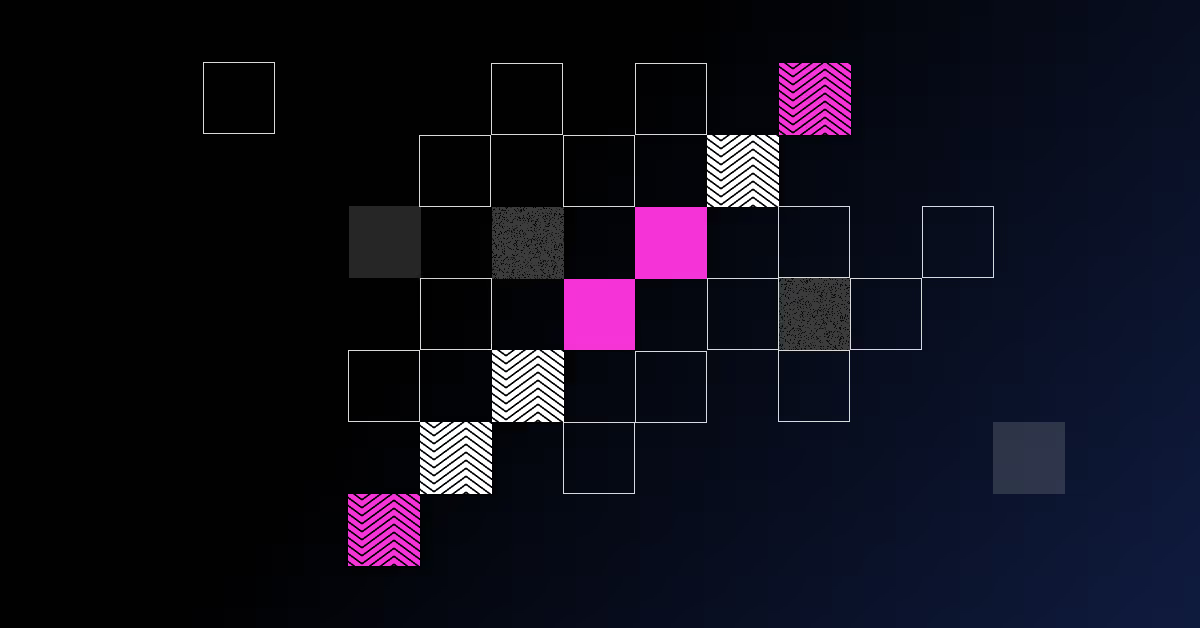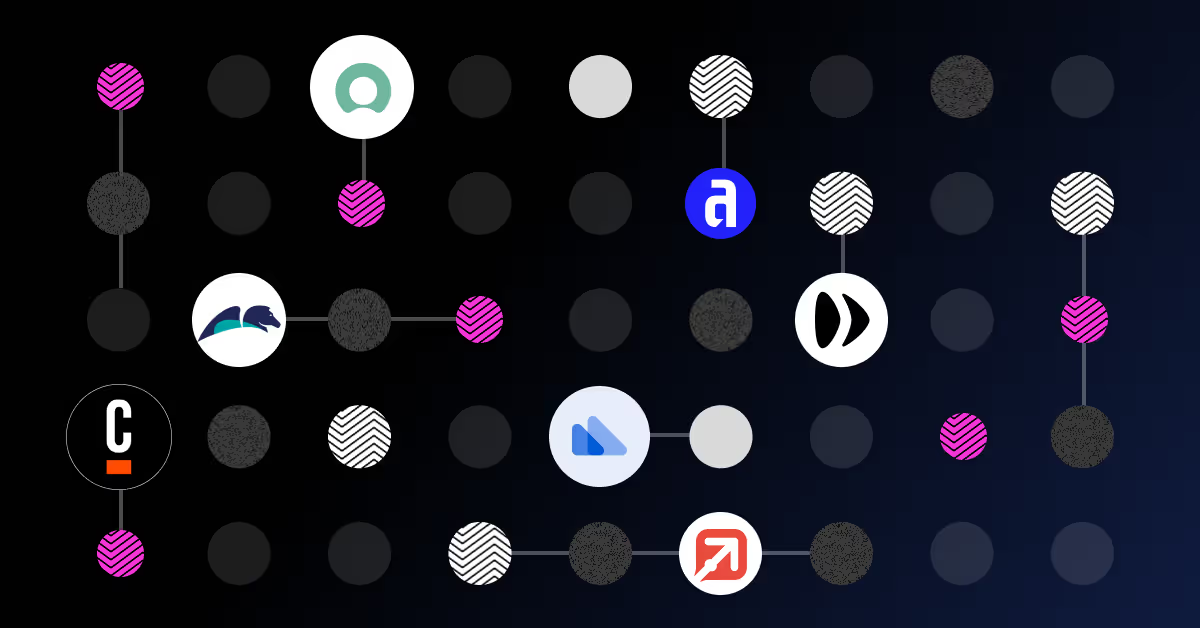AI + orchestration: A eureka moment for operations (2025)
.svg)
Here’s what I’ve learned from my experience speaking with business leaders – the excitement around the potential of AI is palpable. However, what’s often missing is the confidence in putting AI into practice. A study by HFS research underlines this point, noting that while 37% of business executives aim to scale Gen AI within 2 years, 42% cite a lack of use cases and a structured plan as holding them back.
In most cases, what’s missing is orchestration, the key ingredient that ties everything together. Want to avoid your AI ambitions falling flat? Think orchestration first, AI second.
Orchestration is your starting line

To start with, you need to scrap the idea that AI adoption is a sprint to the finish line – it’s not. It’s a marathon, and that requires preparation.
Let’s suppose that you decide to introduce automation into your operations, hoping to make big efficiency gains and cut down on labour costs. It sounds great on paper, but if you implement it in isolation and without knowing the best place to start, you may end up disappointed with the results. It won't be the super-fast, fully optimised situation you were hoping for, as you haven't yet laid the ground work or properly figured out the process. Orchestration is simply the glue that holds your operations and AI initiatives together. Let me explain why.
The case for AI + orchestration
Visibility and consistency
Orchestration weaves all your work processes into a single end-to-end platform, giving you full transparency and control. Tasks involving multiple systems can be coordinated in one place and all work is allocated to the right worker, whether that be digital, human or a hybrid of the two. Most importantly, orchestration gives you the visibility needed to identify and implement the most effective use cases for automation and achieve the best balance between human and bots working together.
Data and insights
Want to know why your Berlin team is more efficient than your London team? Seeking to identify the parts of your workflow that incur the most problems and delays? Orchestration gives you real-time insights on all the work being carried out in your business, allowing you to identify bottlenecks and make data-backed improvements for operational excellence.
Getting your operational ducks in a row
Of all the benefits of GenAI, the HFS study found that improved productivity and efficiency was the top priority amongst business leaders, with 35% listing it as crucial. It’s orchestration that sets the stage for AI to do its thing for efficiency, automating manual tasks, streamlining workflows and keeping your existing tech stack working together. Think of it as the solid foundation needed for AI to be built upon, without it, implementation will be disjointed and chaotic, and you’ll struggle to reach the productivity targets you were aiming for.
Building AI on top of orchestration
Finding the right use cases
Here’s the big question for any company looking to introduce AI into their operations: Where can it add the most value? A good starting point is those mundane, repetitive tasks that take up a lot of time when done manually, and the data-intensive processes that will undergo drastic improvement when automated. For instance in email management environments where you are having to sort through thousands a day, tools like email triage and classification act as a giant Harry Potter-style sorting hat, effortlessly categorizing communications and saving 30 hours per 1000 emails.
Productivity and efficiency aren't the only benefits, though. As recognised by 28% of CEOs and execs, better insights and decision making are also high on the list of AI advantages. AI tools like sentiment analysis AI can instantly track the mood of customers, indicating whether customers feel positive, negative or neutral about your service, enabling businesses to reduce churn and increase customer satisfaction.
Building AI without orchestration will fail
Here’s what it comes down to: Beginning an AI journey without orchestration is like trying to build a house without a foundation, you’re setting yourself up to fail. If you jump ahead too quickly without getting the fundamentals in place and building an informed strategy, any initial success will be short-lived and, ultimately, the results won’t be what you were hoping for.
Orchestration has to be the starting line. With the visibility, cohesiveness and insights it provides, you are able to step back and get an aerial view of the entire operation, and make careful, long-term decisions about the best way forward. If you are about to embark down the AI path, take a step back and use orchestration as your base layer. Trust me, it's a smart move and one you will thank yourself for later.
Why Enate?
Enate’s end-to-end orchestration + AI platform gives you complete visibility and control over your operations from beginning to end, allowing you to coordinate, streamline and automate using on one intuitive system. Technology agnostic, it wraps around your current tech stack to get your entire tech stack aligned and working together.
One of the big concerns about AI adoption the HFS study found was the challenge of finding training AI talent, with 36% seeing it as a barrier to adoption. But Enate is easy to use, requires no coding and and boasts a simple, drag and drop interface that anyone can use. Once you’ve installed Enate, AI features like sentiment analysis and email classification are ready to go right out of the box – just switch them on, and get started.
Here’s what I’ve learned from my experience speaking with business leaders – the excitement around the potential of AI is palpable. However, what’s often missing is the confidence in putting AI into practice. A recent study by HFS research underlines this point, noting that while 37% of business executives aim to scale Gen AI within 2 years, 42% cite a lack of use cases and a structured plan as holding them back.






